Earlier, the ballast was an integral device that was used in lights as it ensured safety as the prime concern. However, now lights have been modified and shifted towards the ballast bypass approach. The ballast bypass can efficiently let the LED lights perform without disrupting the system. Moving forward, you’ll learn about the basics of ballast bypass and plug and play LED Tubes, including the benefits and drawbacks of keeping or removing the ballast.
What is a ballast?
Ballast is an element that is typically used in a fluorescent light fixture. The device helps in securing the light by controlling the current’s flow. Since fluorescent lights are unable to manage current on their own, a ballast can help control the flow by not occupying too much power. However, this can reduce the light life and might be a red flag from a safety standpoint.
Do LED lights need a ballast?
It is not necessary for LED lights to include a ballast as a driver is already inserted in them. This element helps in managing the power flow, i.e., the current flowing in the light.
What are plug and play LED Tube lights?
The plug and play LED lights looks and are used like any ordinary fluorescent tube. Replacing a fluorescent tube with plug and play LED Tube lights is easy as they can be used without a ballast. It does not need any additional modification and is simple to install, like any incandescent or LED tube lights.
What is ballast bypass?
When you remove the ballast device from the light fixture, it is called a ballast bypass. The ballast is used to flow current through the fixture appropriately. However, removing it from the fixture will affect the wire and current flow. So, you must ensure how to do that prior to performing ballast bypass.
Is it necessary to remove the ballast to use an LED light?
Depending on the light, the need for ballast may change as some require a ballast, and some can work efficiently without them. Although, some commercial fixtures like a T8 4ft LED tube or warehouse lighting fixtures can directly be connected to the wire. The flexibility of the LED tube lights allows them to run smoothly with or without a ballast.
Plug and play LED Tube lights

Why keeping a ballast is good?
Keeping a ballast might benefit you in several ways:
- It does not require maintaining a chaotic wiring system.
- You have a choice to switch to fluorescent bulbs.
- As a medium of safety, keeping a ballast will ensure that concern for you.
Why keeping a ballast can be bad?
Keeping a ballast may be bad because:
- Ballast has a certain life. So, you will need to change it sooner or later.
- As a matter of fact, keeping a ballast is not necessary, and some would say that removing the ballast from the LED lights is the right thing to do to ensure the light’s better performance.
Ballast Bypass LED Tube Lights

Why removing a ballast is good?
Removing a ballast is beneficial because:
- The fixture will not be overcrowded as there will be fewer additions.
- It is believed that the performance of LED tube lights stays uninterrupted when it runs without a ballast.
Why removing a ballast can be bad?
Removing a ballast might be bad because:
- It requires rewiring.
- Once you remove the ballast, there is no going back to fluorescent lights.
- The safety is compromised when the ballast is removed.





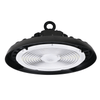
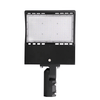
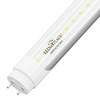



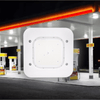

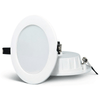



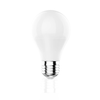
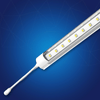
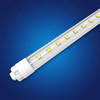


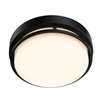
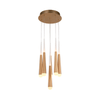

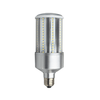

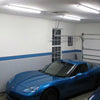


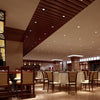
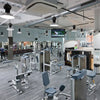









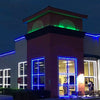






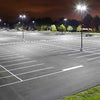
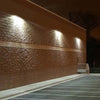





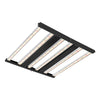


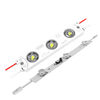


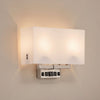
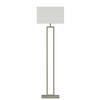
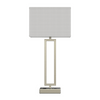

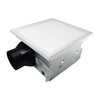
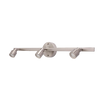
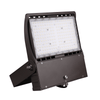

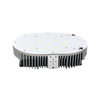
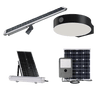


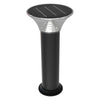
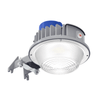





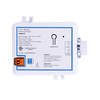
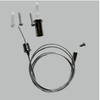
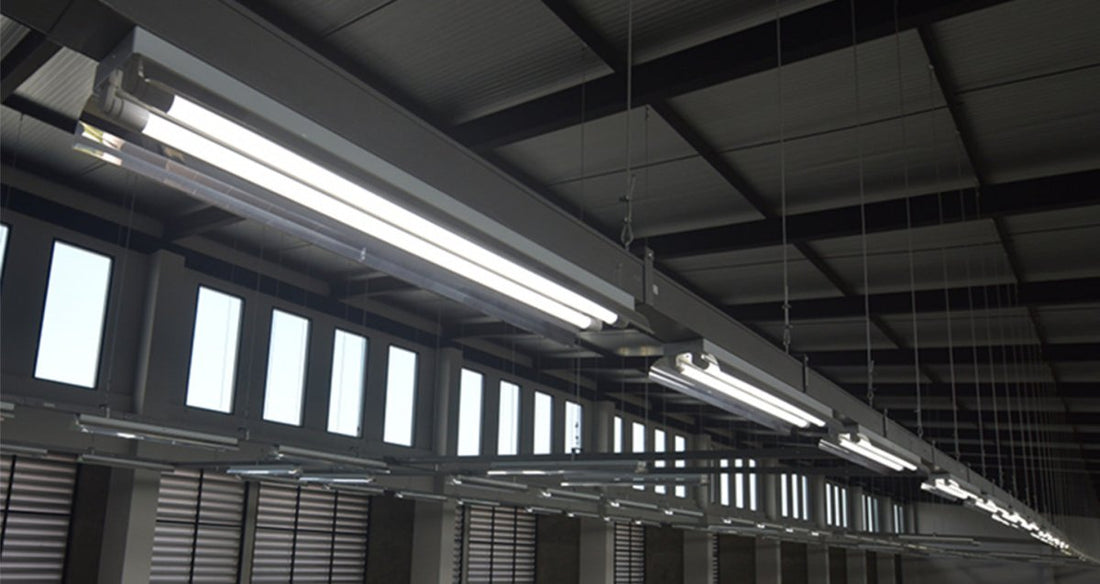
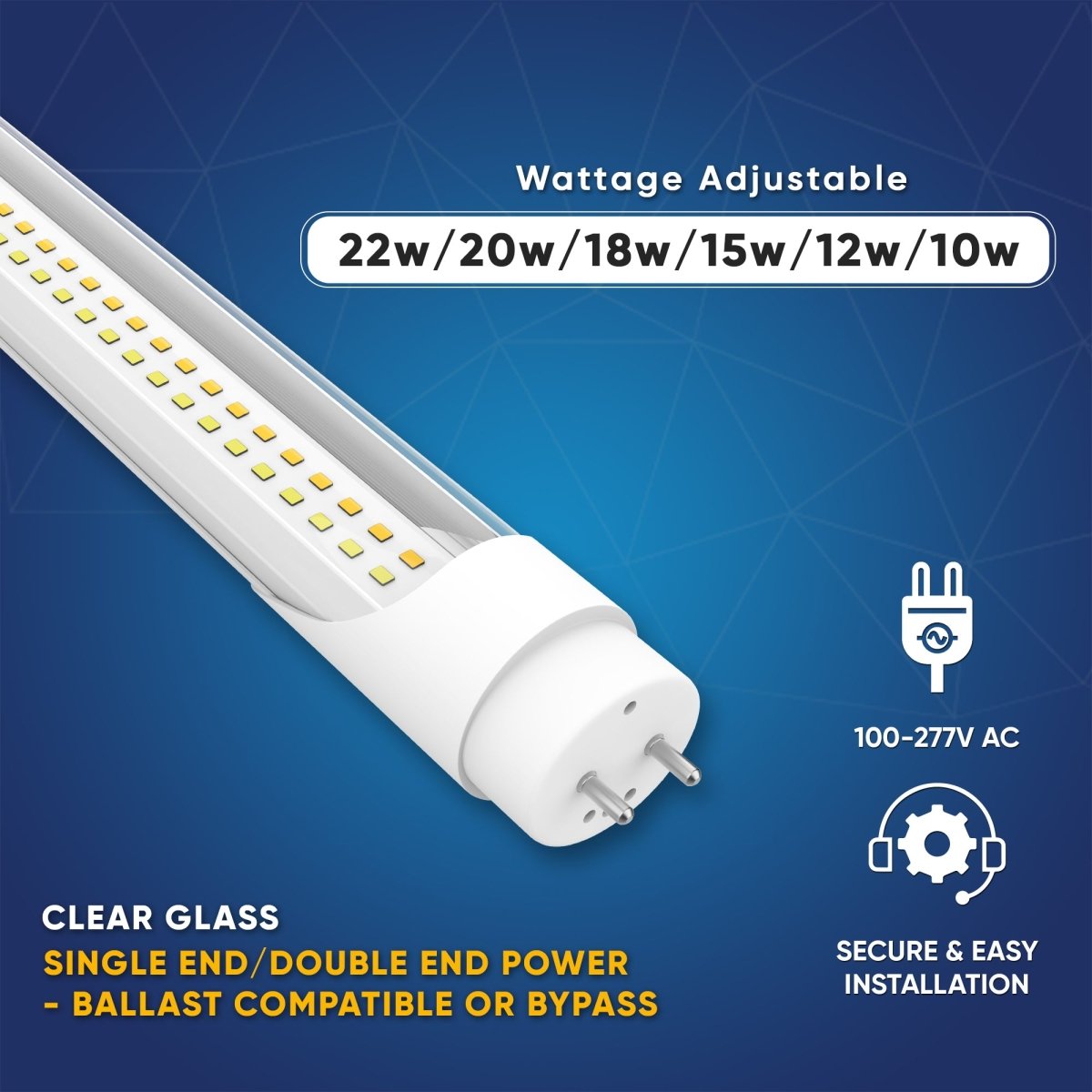
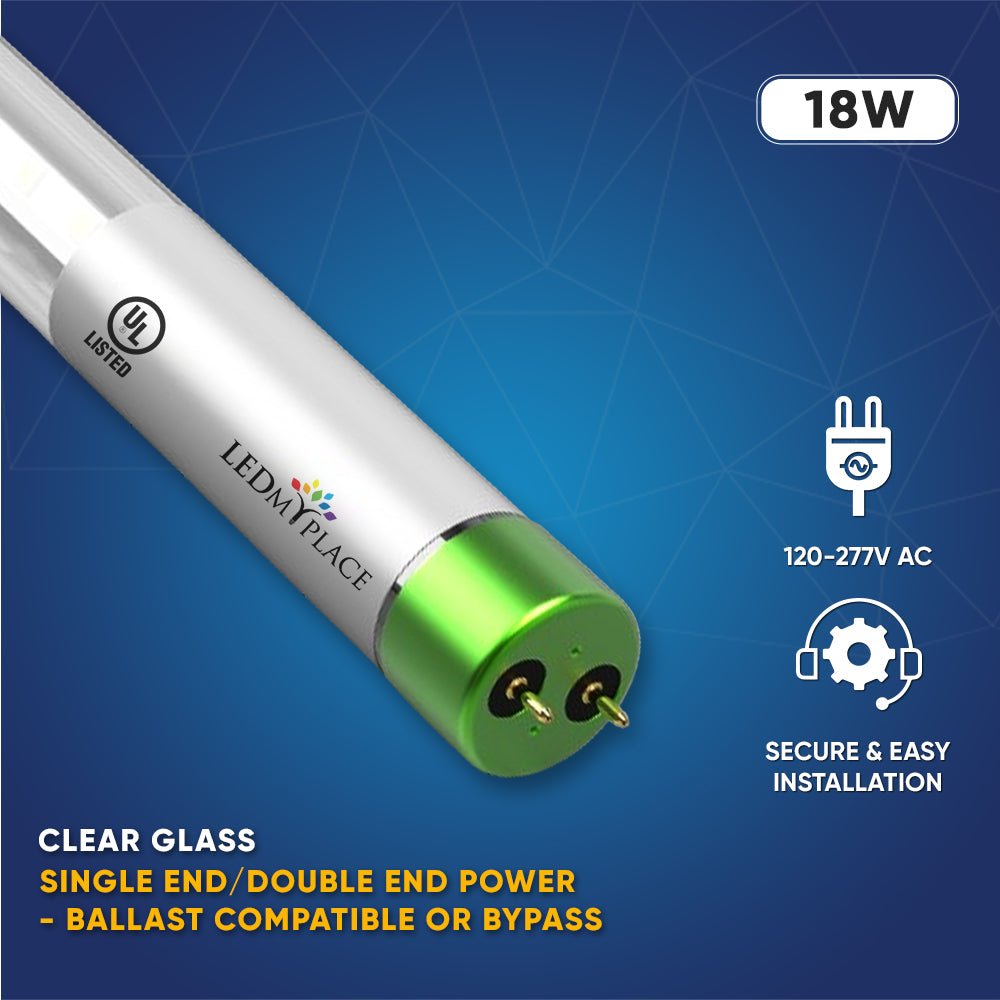
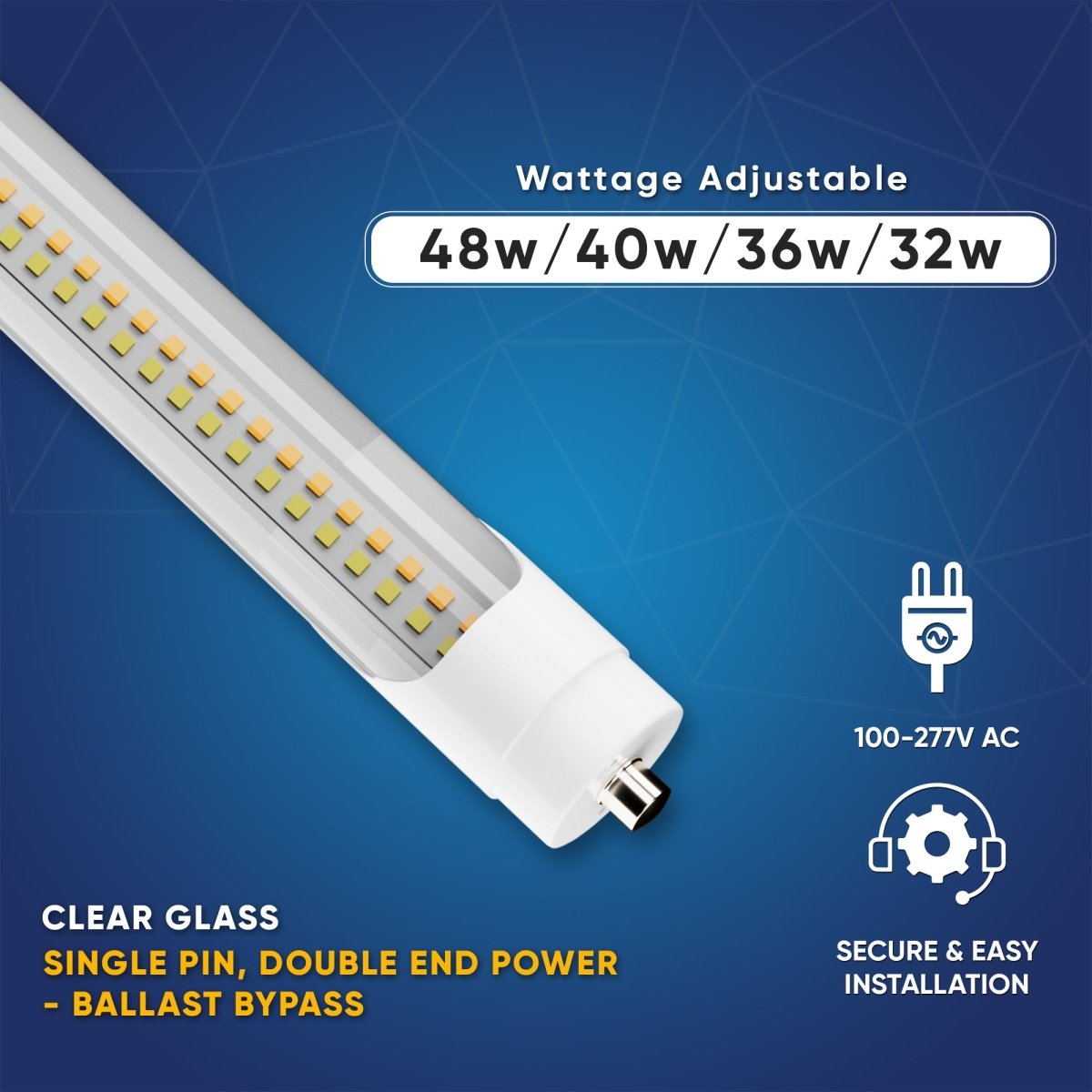
7 comments
Hi EVA-MARIE,
It sounds like the issue could be related to the wiring during the ballast bypass process. Here are a few common reasons why your bulbs might be very dim after a double-ended ballast bypass:
Incorrect Wiring: Double-check the wiring connections. If the wires aren’t properly connected or if there’s a loose connection, it can cause low power delivery to the bulbs.
Mismatched Bulbs: Ensure that the bulbs you’re using are compatible with the fixture and the electrical setup post-bypass. Using incorrect wattage bulbs or bulbs not designed for ballast bypass can result in dim lighting.
Voltage Drop: If there’s a significant voltage drop due to long wiring runs or poor quality wiring, it can lead to reduced brightness in the bulbs.
Bypass Method: Depending on the method used for ballast bypass (single-ended or double-ended), ensure it’s correctly implemented according to the fixture’s requirements.
Transformer Issues: If your fixture has a transformer or electronic components that were designed to work with a ballast, they might not be delivering adequate power after bypassing the ballast.
To troubleshoot, carefully review the wiring diagram for your specific fixture and ensure all connections are secure and correct. If the problem persists, consulting a professional electrician may be necessary to diagnose and resolve the issue safely.
Thank You, LEDMyplace Team
I did a double ended ballast bypass and now the bulbs I install are VERY dim. What could be the problem?
Hello BILL RYDER,
In commercial locations, whether LED tubes need to be guarded depends on local building codes and safety regulations. It’s essential to consult with your local authorities or a licensed electrician to ensure compliance with all applicable codes and standards. Safety is paramount in any commercial setting, so it’s crucial to take appropriate measures to protect against potential hazards.
Thank You, LEDMyplace Team
Do the LED tubes need to be guarded in a commercial location per code??
Thanks.
Thanks for the info.
I have used the plug and play led
Bulbs. And the ballast is bad now. Can I still put the plug and play bulbs with bypass ballast-no replacement new ballast?
Thanks